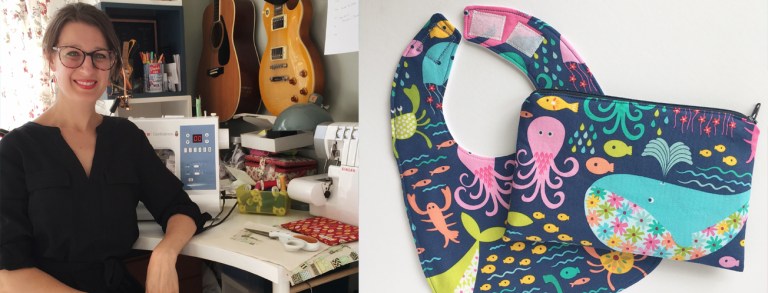Parenting the Sh*t out of Life – Papa Pukka

Mother Pukka and Papa Pukka offer you a book that will not help you grow or raise a human successfully, but a book that might, if you’re not too emotionally battered – and can see past the permanent eye twitch – help you laugh a little more than you cry. Papa Pukka told us his version of the first weeks with a baby:
Once Anna was home, we had her recovery to take care of along with our new addition. Women are advised not to do any heaving lifting for the first six weeks after a Caesarean, which is a difficult feat with a newborn in need of constant attention.
So a new chain of command quickly developed, and I found myself in the role of lowly quartermaster NCO. Anna was the general and directed operations from her feeding throne, while Mae was like a crackpot field marshal from the First World War, alternating between quiet contemplation and send-’em-over-the-top rages. Doug the beagle found himself demoted and wasn’t happy about it at all.
Along with fetching supplies I did most of the changing in those early days, while Anna rested as much as possible and handled the feeds. When Mae mewled at feeding time, I’d bring her over to Anna, either propped up on the sofa or in our bed, and lay Mae in her arms. Then I’d go and do some work, intermittently being sent to fetch items just out of Anna’s reach. My name became, ‘Matt could-you-just . . .’
I was freelance and had taken two weeks off, but come the end of that fortnight I was ready to return. The truth is, as full as you may be with love and wonder, newborns are pretty dull.
Tamagotchi theory
New babies provide limited returns. You are their subservient provider and they are incapable of showing the faintest crumb of affection or gratitude in return. The best you can hope for is that they might blindly nuzzle into your neck as they sleep, but even then you are little more than a bony cushion.
They can’t smile for at least six months, so won’t laugh at any of your jokes or funny faces. They can’t tell when you’re down, so won’t offer hugs or cheer you up with a spontaneous shin cuddle. Their conversation is rubbish and they can’t catch. They are there to be catered for and nothing more.
In effect, you now have your own real-life tamagotchi – a Japanese toy craze that briefly swept the UK in the late 1990s and early 2000s. These little plastic, keyring-sized toys had a screen with a blocky digital character on it that would ‘hatch’ for you to rear.
With a baby, as with the pocket-pet phenomenon, your role is to provide support on demand, as demonstrated here:
You will notice a few key differences. Bandai Namco Entertainment Inc. has very considerately included a number of meters on tamagotchis, so it’s clear exactly what they may need. Human evolution has failed to match this basic indicator system, so all you’ve got to go by is indistinct crying.
Another significant difference is that, unlike with tamag¬otchis, there is no pause button on a baby: you are now trapped in an endless cycle of caring and your only escape is gin.
But this is where the genius of the tiny toys – and the essence of tamagotchi theory – becomes clear: the more suste¬nance you provide, the more committed you become to your tiny charge. You don’t get the slightest thanks or praise, but you continue because it feels right and you genuinely begin to care. It’s nature’s way (and also the Bandai Namco Entertainment Inc. way) of helping you become less selfish and more patient.













